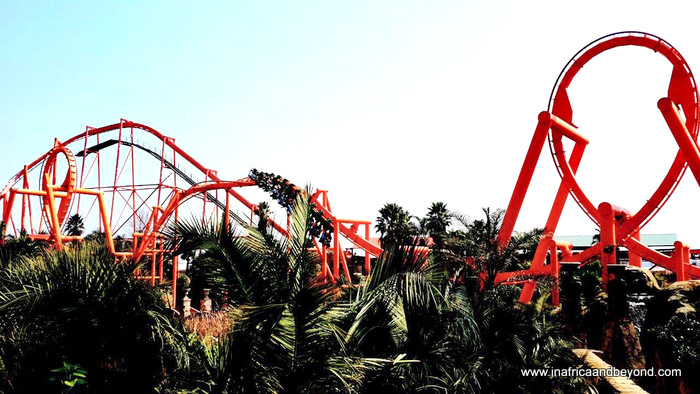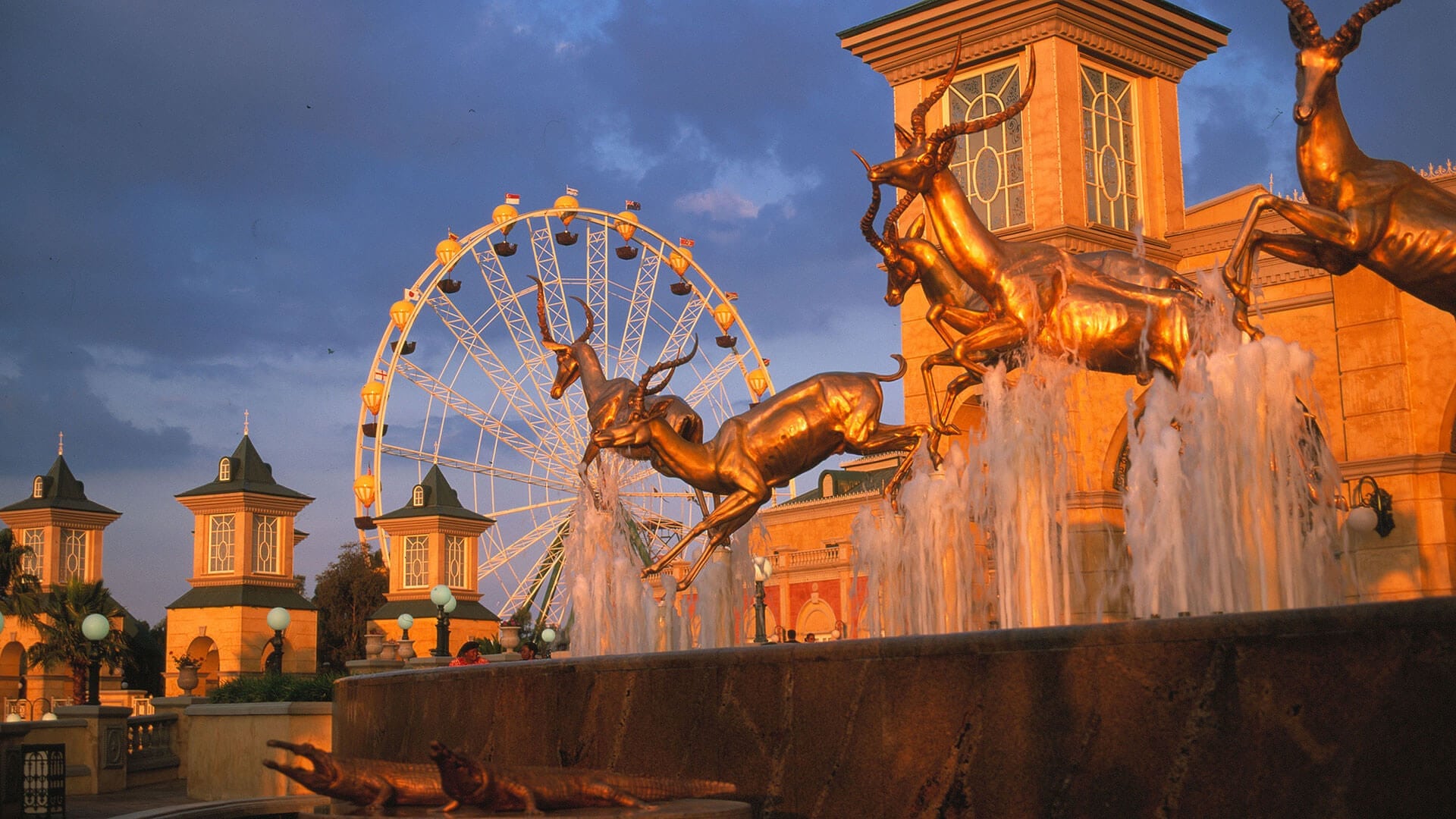Some Known Details About Johannesburg North Attractions
Some Known Details About Johannesburg North Attractions
Blog Article
See This Report on Johannesburg North Attractions
Table of ContentsFacts About Johannesburg North Attractions UncoveredThe Facts About Johannesburg North Attractions UncoveredThe Buzz on Johannesburg North AttractionsJohannesburg North Attractions Things To Know Before You Buy9 Easy Facts About Johannesburg North Attractions DescribedA Biased View of Johannesburg North Attractions
The city owes its area to the existence of a a lot more valuable resource: gold. The city expanded on the side of the Witwatersrand Key Reef, a subterranean stratum of gold-bearing quartz-silica corporation that arcs for numerous miles underneath the Highveld. A lot of the gold mines in the city ceased operation in the 1970s, yet in its day the Witwatersrand gold market made up even more than 40 percent of the world's yearly gold manufacturing.Johannesburg has a warm climate. The city takes pleasure in concerning 8 hours of sunshine per day in both winter and summer.
What rainfall the city receives falls virtually solely in the summer months, frequently in spectacular late-afternoon electric storms., where several citizens still depend on coal for gas.

All about Johannesburg North Attractions
The balance of the city is occupied by whites. Lodging differs in personality and high quality.
Physical development, although somewhat limited by transport, continued promptly as migration to South Africa, and Johannesburg particularly, enhanced considerably. This problem was solved in the 1930s when the car was introduced in automation to South Africa. Cars were, essentially, constrained to the affluent, and permitted them to transfer to the north of the city and commute into the centre.
The majority of poor suburban areas were mixed, with inadequate blacks and whites cohabiting, although the rich suburbs were usually reserved for whites. This changed with the election of the National Celebration in the 1948 elections, that started to formalise the system called racism. Apartheid formally marked which suburbs each race could reside in under the Team Locations Act.
The previous system of eleven numbered regions was reorganised in 2006. Marshalltown, as seen from the top of the Carlton Centre. The M1 and M2 Read Full Article run behind the buildings, and the southerly residential areas expand past the highway limit. The central city of Johannesburg lies within the city's Area F. The approximated population of the region is 200,000, [] The number of individuals living in the inner city on a casual basis is unknown, as numerous are unlawful immigrants. Most higher-income residents and white people have actually relocated to the northern suburbs and have actually been replaced by lower-income black people. The joblessness, education, and age accounts of the location are all unidentified, as a result of the difficulty of acquiring reliable info concerning the area.
Not known Details About Johannesburg North Attractions
Yeoville and Bellevue have a mix of apartment and single residential devices on small great deals. The region lies on a hilly divide that view it now runs from east to west. One of the most obvious geographical feature is Observatory Ridge, which is named for the huge observatory situated on it. The recreational areas are no more used, as a result of safety issues.

The Greatest Guide To Johannesburg North Attractions
R. Tambo International Airport). The eastern suburban areas are some of the earliest locations of Johannesburg, there are huge communities of Jewish and other European backgrounds, the bulk of the population is English talking. There are 3 fairway as well as a number of protected ridges with viewsites. There are a number of strong and up-market home entertainment and shopping areas in the eastern such as the Eastgate Shopping Centre and the Greenstone shopping centre.
The location is mostly composed of old "matchbox" houses, or four-room houses constructed by the government, that were developed to supply inexpensive lodging for black workers throughout discrimination. Soweto is an abbreviation, meaning "South Western Townships". Street after road around is lined with matchboxes; nonetheless, there are a couple of smaller areas where flourishing Sowetans have actually constructed houses that are a lot more similar in stature with those in more affluent suburbs.
Hostels are another popular physical feature of Soweto. Initially constructed to house male migrant workers, many have actually been improved as homes for couples and families. The N1 Western Bypass skirts the eastern border of Soweto. The residential area was not historically allowed to develop employment centres within the area, so mostly all of its homeowners are travelers to various other components of the city.
The Buzz on Johannesburg North Attractions
The household areas in the northern residential areas are primarily formal, with no substantial locations of informal housing, or housing that lacks a long-term framework. This is a well established location, there is a trend of land use modification from residential to commercial, article source especially along major arterial roadways and around well-known nodes.
Roads to the east and west are much less well created, as there are no highways taking a trip in that instructions. In the direction of the north border of the city, the thickness of development decreases, leaving large areas of undeveloped land around Midrand.
Getting The Johannesburg North Attractions To Work
, which is located on a hillside ignoring the inner city and Hillbrow.
Report this page